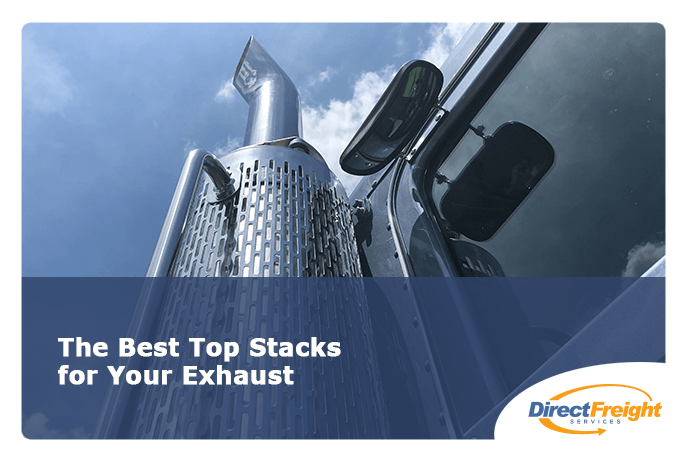It’s electric! As the popular dance song exclaimed in the 90s, electric vehicles are all the rage these days and for good reason. Electric vehicles are now being manufactured by more than fringe corporations, and they are more reliably and neatly constructed than the somewhat disappointing electric vehicles of the past. Touted as the wave of the future, electric vehicles are becoming increasingly more popular as they increase in efficiency and range.
Electric Vehicles
Electric vehicles are far different from most conventional vehicles in the United States. Most cars, trucks, and even planes run off fossil fuels. Instead of combustion engines, electric vehicles use rechargeable batteries (in various formulations, though lithium-ion batteries seem to be the most popular) to power motors. Until the 21st century, electric vehicles were mostly niche, short-range contraptions that were yet to fully pass public scrutiny.
With the rise of mainstream automotive companies making hybrid and electric cars, there has been an upsurge in public trust of these vehicles. A major player in the electric vehicle industry is Tesla. So, what is the benefit of electric over gas? There are actually quite a few benefits for both the consumer and the environment. Electric vehicles do not require fuel to recharge, so they take advantage of a power source in either your home or an electric vehicle charging station (this usually costs about $9 to fully charge an electric car, making it much cheaper than conventional fuel). Also, they do not emit fumes and gases into the atmosphere which is beneficial from a climate conscious standpoint, as well as preventing traces of lead and other heavy metals from entering the air, soil, and waterways.
The Way of the Future?
Average electric trucks are currently only equipped with about 300 miles of range, at maximum, so they are still a ways away from becoming the sole vehicles of the transportation industry. However, most of the trucking in the United States is performed fairly locally, and electric vehicles shine in short-range transportation. Along with no major fuel costs, electric trucks are also less prone to breakage due to the fact that there are not as many intricate moving parts as in the engines of conventional vehicles.
This reduction of necessary repairs and replacements will save time, stress, and money which will allow drivers to transport more goods more frequently. While this will certainly be a cheaper model for companies to adopt, it will be a challenge to ensure there are enough charging ports at stations. All things considered, electric vehicles will not likely take over as the sole mode of transportation just yet, as there are many improvements and innovations to be developed.
Final Thoughts
Electric vehicles are becoming more popular, but there is no doubt that the trucking industry will persevere since people depend on this intricate system of transportation to receive the goods that they need. There will certainly be challenges as the industry shifts to adopt a more electric-friendly mode. These challenges will be worth it, due to the reduction in repair times and costs for the vehicles. The trucking industry should be excited about the potential benefits of going green, as this will be a cheaper and more sustainable model in the long run.










